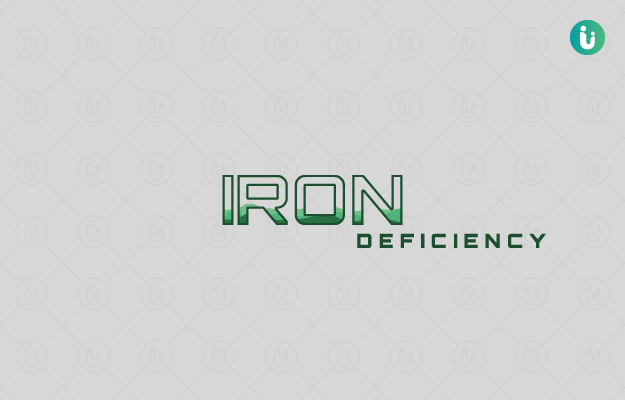What is iron deficiency?
The iron levels in the body are usually within the normal range of 13.5 to 17.5 g/dL of blood for men and 12.0 to 15.5 g/dL for women. Below these levels, a person is said to have iron deficiency. Apart from its other functions, iron forms a major component of haemoglobin in the blood.
What are its main signs and symptoms?
Iron deficiency often presents as:
- Anaemia due to low haemoglobin and as the blood cells can be malformed due to iron deficiency
- Fatigue and tiredness
- Lowered immunity, making the person susceptible to infections
- Pale skin
- Hair loss
- Red, inflamed tongue
What are its main causes?
One of the major causes of iron deficiency is malabsorption of iron. Iron is usually lacking in the diet of vegans and vegetarians. Calcium can interfere with iron absorption as well; therefore, iron-rich food must not be taken with milk or milk products. Certain conditions require a greater amount of iron intake, for example, pregnancy. Any trauma or surgery that results in blood loss in large amounts may leave a person iron deficient. Thus iron deficiency can also be observed in women after childbirth. Menstrual blood loss is another factor that contributes to the high prevalence of iron deficiency in women.
How is it diagnosed and treated?
Diagnosis of iron deficiency begins with a clinical examination. A blood examination and haemoglobin and haematocrit testing are usually enough for diagnosing iron deficiency. Treatment includes iron supplementation and intake of iron-rich foods. Iron tablets are available as over-the-counter drugs; however, a person should be careful while taking them as they may lead to constipation. Avoid taking iron supplements with milk as it can hamper the absorption of iron. If iron deficiency is caused due to severe blood loss, a blood transfusion may be required.

 Doctors for Iron Deficiency
Doctors for Iron Deficiency  OTC Medicines for Iron Deficiency
OTC Medicines for Iron Deficiency



















